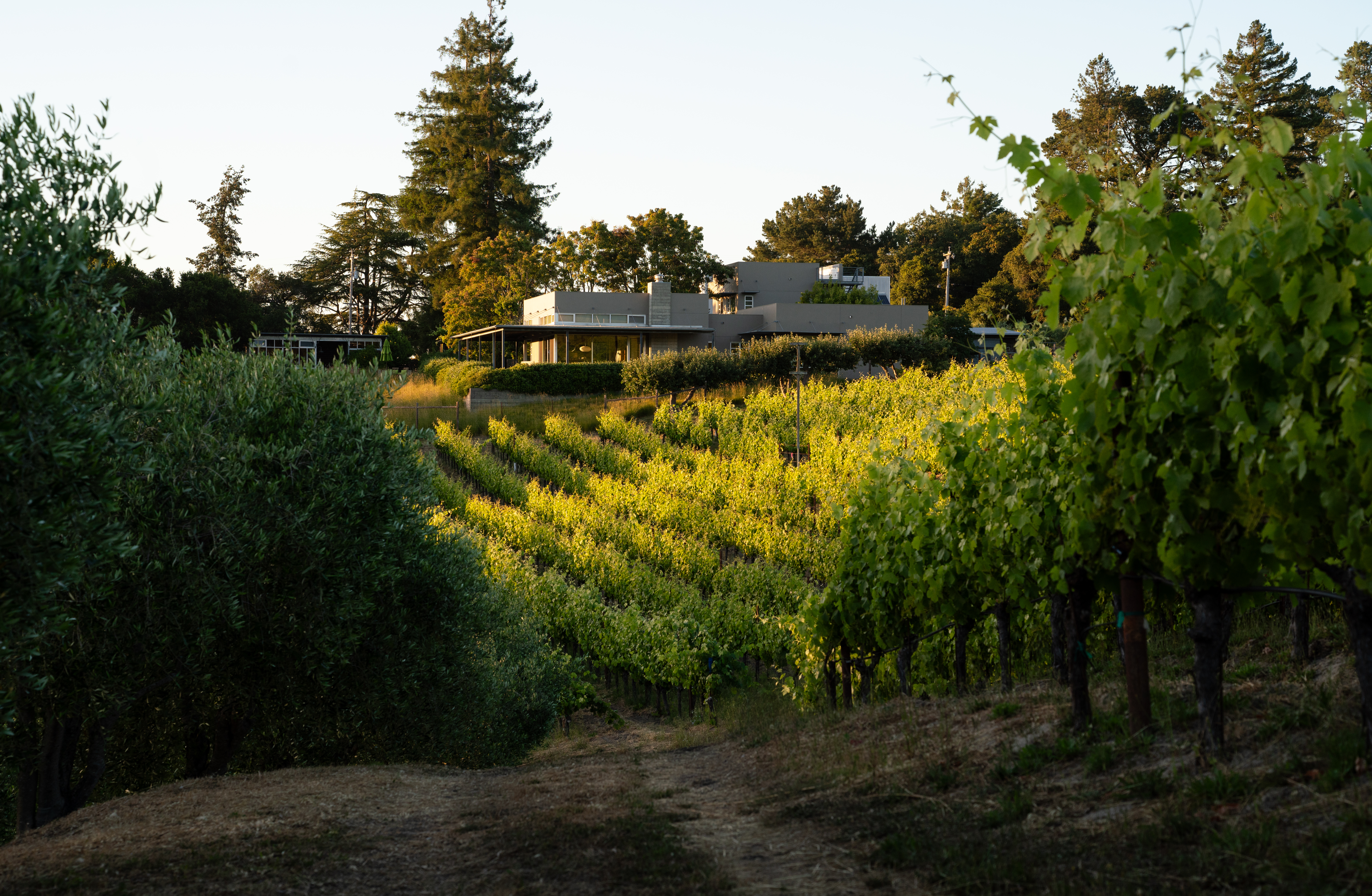A Season’s Transition
When winter recedes in Northern California, the anticipation that is hardwired into spring’s warmer days and the onset of budbreak has always been accompanied by a practice of reflection and critical thinking. While memories remain vivid, and wines and oils are still resting in barrel or bottle, a new growing campaign at Singer Wine is necessarily a time of (re-)consideration. In adding the recent lessons learned/insights gained from how the array of last season’s experiences fit in to the canon created by the previous 18 is a fascinating and challenging first step in how we approach the impending growing season.
A telling example of this sort came about in the Spring of 2021 when the acquisition of crop insurance (as a, forgive the pun, firewall for smoke and wildfire risk) proved indispensable. We had long been focused on the issues, large and small, that climate change was creating for viticulture in Northern California. After four straight years of epic wildfires, though, we took a previously unimagined step and added this necessary safety net. At the same time, driven by climate change and fire/smoke risk we’ve implemented continuously evolving strategies with our growing practices and vinification techniques.
At this precise moment of reflection, with the wines having finished their malolactic fermentation and settled down into their barrel life (availing the first deep post-harvest organoleptic appraisal), it’s time to analyze how the season’s events, small and large, affected our wines. At these retrospective moments, the weighty decisions like crop level adjustments (i.e., when and how much, if any, to drop) and picking times face a moment of truth. Similarly, aging/ bottling strategies also invite attention and revision as our impressions of the developing wines indicate.
This process of evaluation is always exciting, but it also has profound implications for the ambitions that we hold for each year’s efforts (i.e., can we honestly conclude that we hit the mark?). At these moments, I sense a congruence to the approach that I take to my art practice. I’m generally reluctant to ascribe true artistry to winemaking, as ‘art’ for me has a sacred territory all its own in the realm of human sensations. That said, the aesthetic rigor and critical attention to detail that achieving excellence and distinction in wine echoes familiar capacities for observation and critical assessment elemental to my art making discipline.
A key aspect of my relationship to painting is the ongoing dialogue that individual pieces have with each other. Through this interplay much of my studio momentum is begat. The harvest of impressions of what works and what doesn’t sustain the excitement (and dynamic tension) that propels me into the next piece. That a similar trial and error perspective so deeply informs our winegrowing/making reflects an analogous critical dialogue. In how our wines ‘speak’ to each other from one harvest to the next, a continuum of responses to site and process has developed. No other engagement is more impactful in helping us to constantly raise the bar for our Estate property and all the fruits that it offers.

